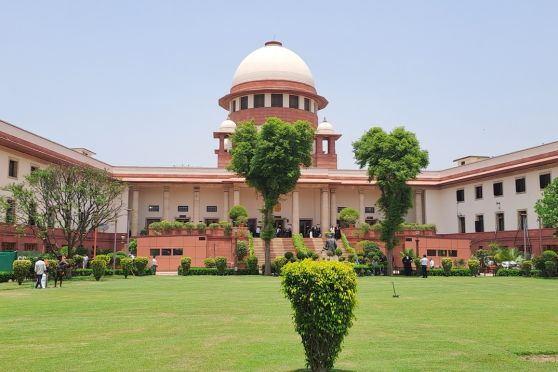Bhubaneswar, May 5: The forest patch near Tarinikhola or ‘Mala Tarini’, a lesser known tourist spot, nearly 120km from here, provides endless opportunities to be explored by travellers.
Water bodies, wetlands, wildlife, rare medicinal plants, temples and many other interesting destinations surrounding the locality, Tarinikhola, under the Khurda forest division, is a place with lush green forests, perennial hill streams, ancient caves and hills.
To reach Tarinikhola, one can take a taxi from here or the nearest railhead at Balugaon. The forest patch is 30km from Balugaon on the Balugaon-Banpur route. While Banpur is 20km from Balugaon, Tarinikhola is 10km from Banpur.
Banpur is a famous shrine of the Goddess Bhagabati. The deity, Tarini, at Tarinikhola is also called Mala Tarini. Mala in Odia means hilly terrain.
Environmentalist Prasad Dash, who surveyed the area recently to explore the biodiversity potential, said: “Tourists, conservation biologists, students, nature lovers and wildlife researchers can enjoy their time inside Arang village, which shares its name with a nearby forest range. Other reserve forests such as Dhuanali, Tamana and Bankad in Banpur block of Khurda district surround the area.”
Tarinikhola has hilly forests of semi-evergreen and evergreen type where there are two perennial streams. Bamboo is the most common vegetation in this forest. Wildlife here include sambar, wild boar, porcupine, leopard, sloth bear, barking deer and rock python.
Mundakalia, Bankanathamundia and Brahmanidei are dry deciduous forests nearby. Satabhakhara (seven compartment) caves is another important location here. Local residents say the cave is an ancient monument with archaeological value. Khurda divisional forest officer Akshaya Kumar Patnaik said: “These areas are under the Barbara forest range. Barbara is perhaps the only forest patch in the country, which is guarded by jawans of Central Reserve Police Force not because of Naxals, but to keep the timber mafia at bay.”
Legend has it that the original forest range was named Barbara, after the wife of a British officer who was killed by a tiger in 1912.
Though Barbara is famous for its teak forests, its history dates back to some plantation activities by the British forest officials in 1910. The original range was a predominantly sal vegetation with other species such as piasal, ficus, arjun, ashoka and kasi. The teak plantations by the British administration were actually carried out in the valleys and foothills even today, the slopes in the hills still hold the aura of old natural forests.
Inside the forests near Tarinikhola, people have identified many plant species and use them for medicinal purpose. “A plant which looks like a young cycas leaf, is also used by the local as vegetable. We have noticed several rare species which are only found in the local forest range,’’ said Dash.
Salia dam and other water bodies also make a perfect setting with their clear blue view coupled with the green mountains reflected on their canvas. Tourists can also trek on the nearby mountains.










